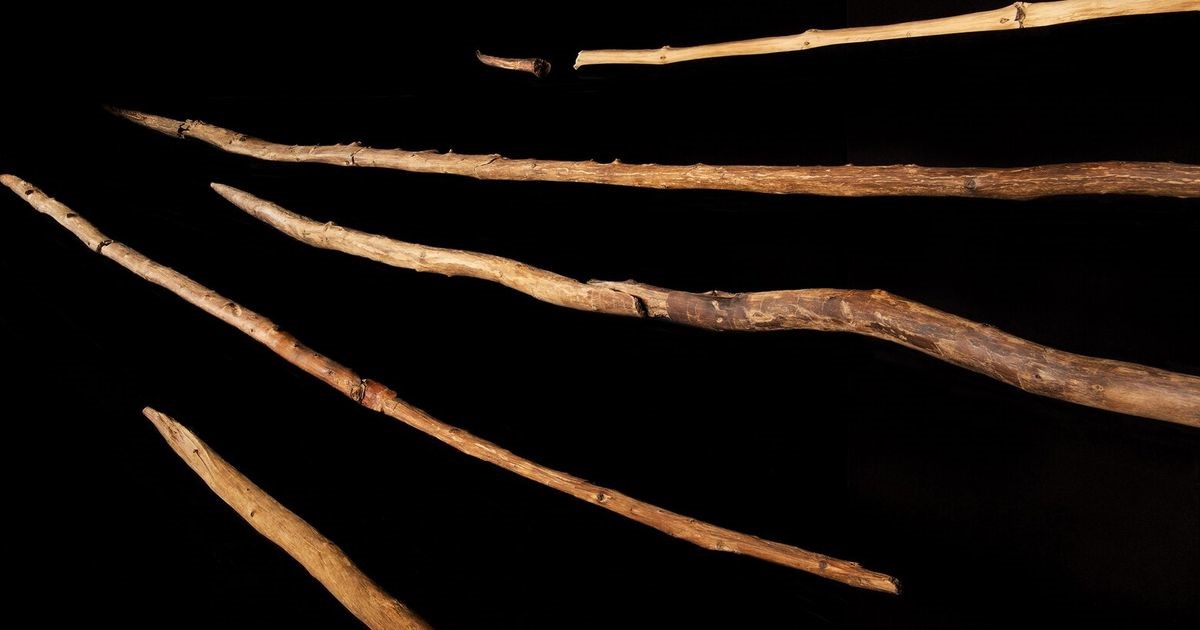Free Courses Sale ends Soon, Get It Now


Free Courses Sale ends Soon, Get It Now



Disclaimer: Copyright infringement not intended.
Context
Periodising Human Prehistory
Preservation Bias
The Importance of Schöningen
Technological Insights
Conclusion
|
PRACTICE QUESTION Q. Examine the implications of redefining the Stone Age as the 'Wood Age' based on recent archaeological discoveries. How does this reevaluation alter our understanding of early human technological capabilities? |
SOURCE: THE INDIAN EXPRESS
© 2024 iasgyan. All right reserved